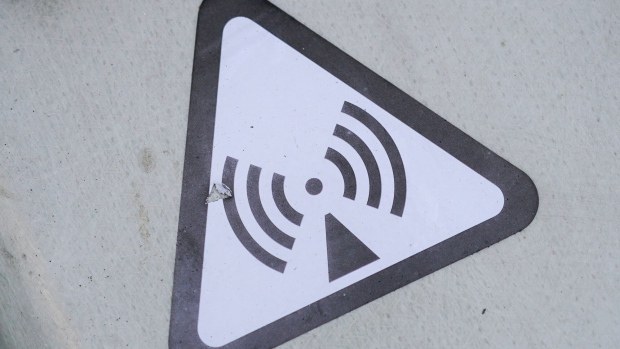Dec 20, 2023
BT Risks Fine as UK Deadline Looms for Pulling Huawei From Core Network
, Bloomberg News

(Bloomberg) -- BT Group Plc said it hasn’t completed work to replace Huawei Technologies Co. equipment in its core network ahead of the UK government’s deadline of Dec. 31.
BT is still attempting to transition millions of its customers over to Ericsson AB ahead of the cutoff, a spokesman for the London-based phone carrier said, declining to comment on whether the business would meet the timetable.
Companies that miss the year-end target could be fined as much as 10% of their revenue, or £100,000 ($126,560) for every day they aren’t compliant. Telecommunications regulator Ofcom is due to report on operators’ progress in the first few months of 2024.
The UK banned Huawei technology from crucial parts of the telecommunications infrastructure in 2020 following a crackdown in the US on national security grounds. But after more than a decade’s use, the Chinese vendor had become a critical supplier, making the job of replacing it complex and expensive. BT previously said the so-called rip-and-replace project would cost it £500 million.
Read More: BT’s $700 Million Job to Rip-And-Replace Huawei 5G Begins Here
The core switchover BT is now attempting is more sensitive than the mass civil engineering project needed to pull out Huawei hardware nationwide. The carrier’s core aggregates signals from across the network and authenticates and charges customers. While BT had already started on this process, it’s extremely averse to even short periods of downtime because of the company’s more than 30 million customers.
BT has already extended the time frame twice. Initially aiming for 2020, the company then delayed to January 2023, the Financial Times reported at the time. The company was finally granted an 11-month extension from the UK government until this year’s end to avoid the risk of network outages and disruptions.
The company’s major mobile rivals in the UK had it easier — Vodafone Group Plc and O2 didn’t use Huawei for their core networks.
BT was able to meet an interim deadline earlier this year to lower the amount of Huawei technology in its radio access network, which is made up of the antennas on buildings and masts. Carriers must remove Huawei components completely from all parts of the country’s 5G networks by the end of 2027.
A spokeswoman for the UK’s Department for Science, Innovation and Technology said the ministry is working with operators “to remove Huawei technology as quickly as possible while minimizing disruption for consumers, and operators remain on track to remove it from 5G public networks by the end of 2027.”
An Ofcom spokesman said “government is responsible for setting and enforcing the rules requiring certain telecoms companies to remove Huawei equipment from their network,” and that the watchdog’s role is to gather information on their progress and report it to government officials.
(Updates with additional details on the process from the fourth paragraph)
©2023 Bloomberg L.P.





